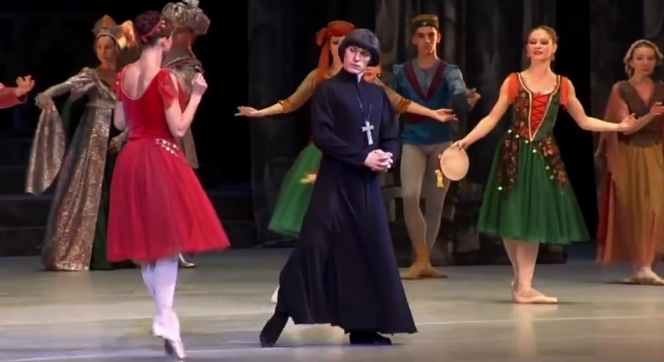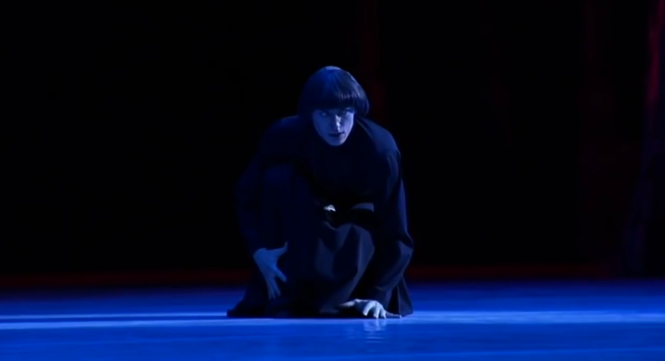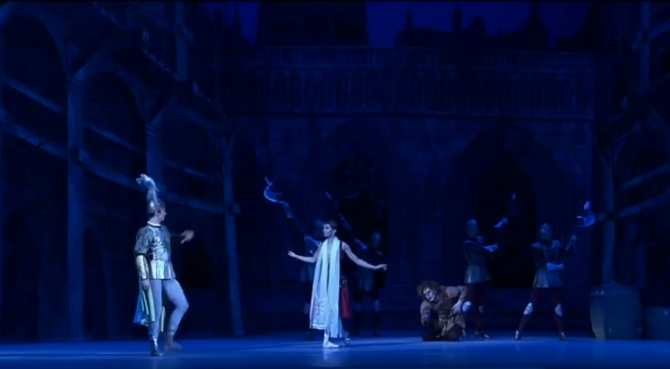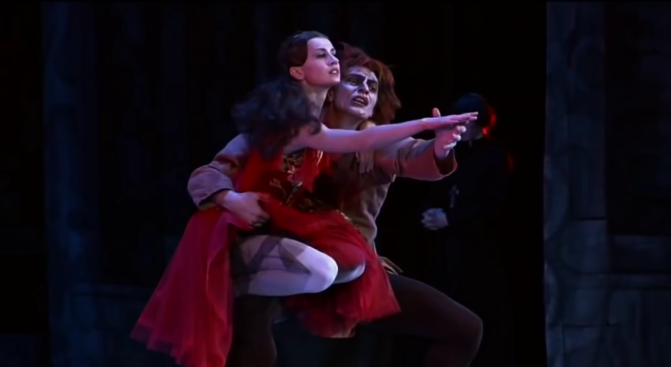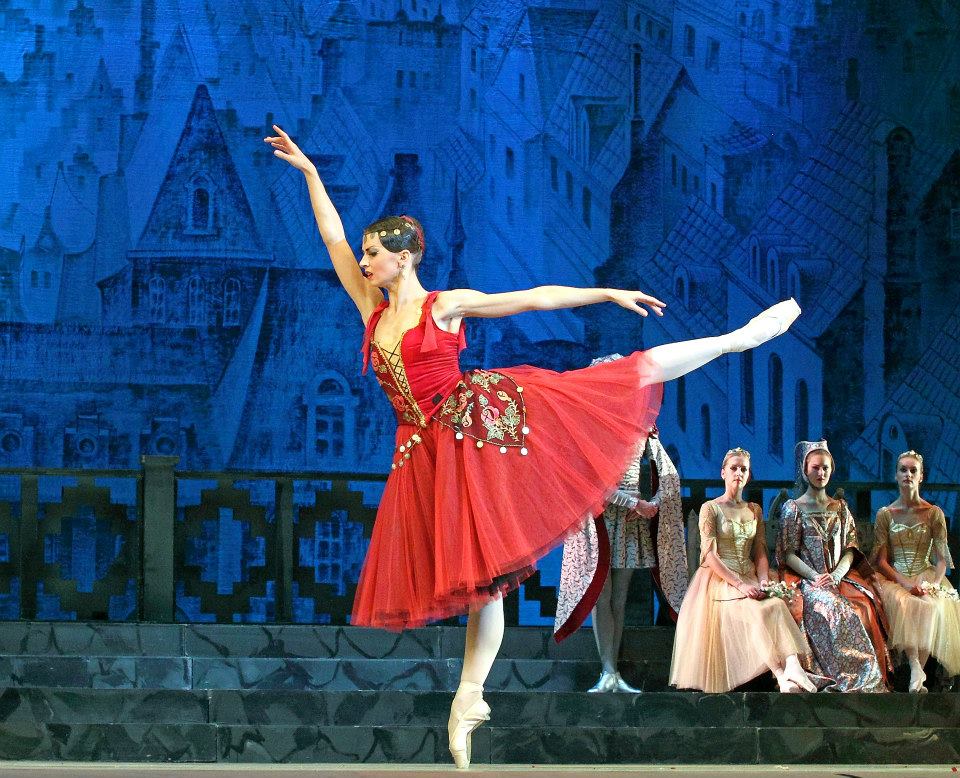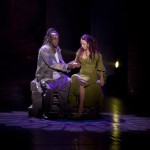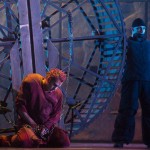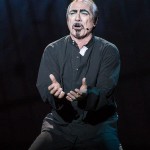Sets

Sets of La Esmeralda Kremlin Ballet Company, Moscow
For the most parts you don’t really notice the sets in this Ballet, mainly because so much of the attention is focused on the dancing, as it should be. If you do happen to look at the sets you would see they are quite lovely.
The only set that is noticeable would be drop cloths that are used as transitions. They usually appear when characters are crossing the stage so there is little dancing taking part. The designs on the cloth is typically maps and they have a nice cross hatching on them that make them feel like antique book illustrations. The concept of a basic though nicely done dropcloth does seem a little on the amateurish side but it does help set a tone.
The other sets are very well detailed and are more representational opposed to symbolic of Paris and Notre Dame. Meaning it looks like Notre Dame instead of columns and a gargoyle like in Notre Dame de Paris. Neither approach is wrong just a style choice. Also Notre Dame is for most always seen in the distance. Always omnipresent. The realistic sets are also a good counter to the symbolist representation of the story through dance.
Lighting

Lighting of La Esmeralda Kremlin Ballet Company, Moscow
This is one of the strongest aspects on the show. It always convey the right mood and drama for the scene. The best use of lightening is during Frollo’s meltdown with dancers bathed in red contrasted in cold blue of Frollo. Also the Pas de deux between Quasimodo and Esmeralda at the end in a wash of blue added to the tragic ending.
Music
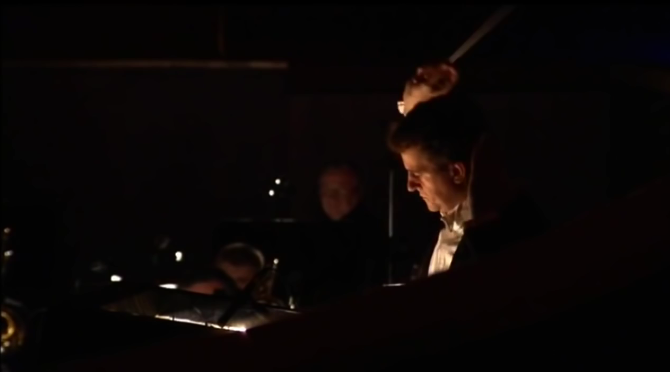
Conductor of La Esmeralda Kremlin Ballet Company, Moscow
Not as crazy about the music. It sounded like it was trying to be the Dance of the Hours even though Ponchielli composed Dance of the Hours in 1876 and Pugni composed La Esmeralda in 1844. I don’t know much about 19th century music but the music didn’t to move me. It wasn’t bad or incompetent by means. If you like the music that’s great but I do not. I could just have unrefined tastes in music.

